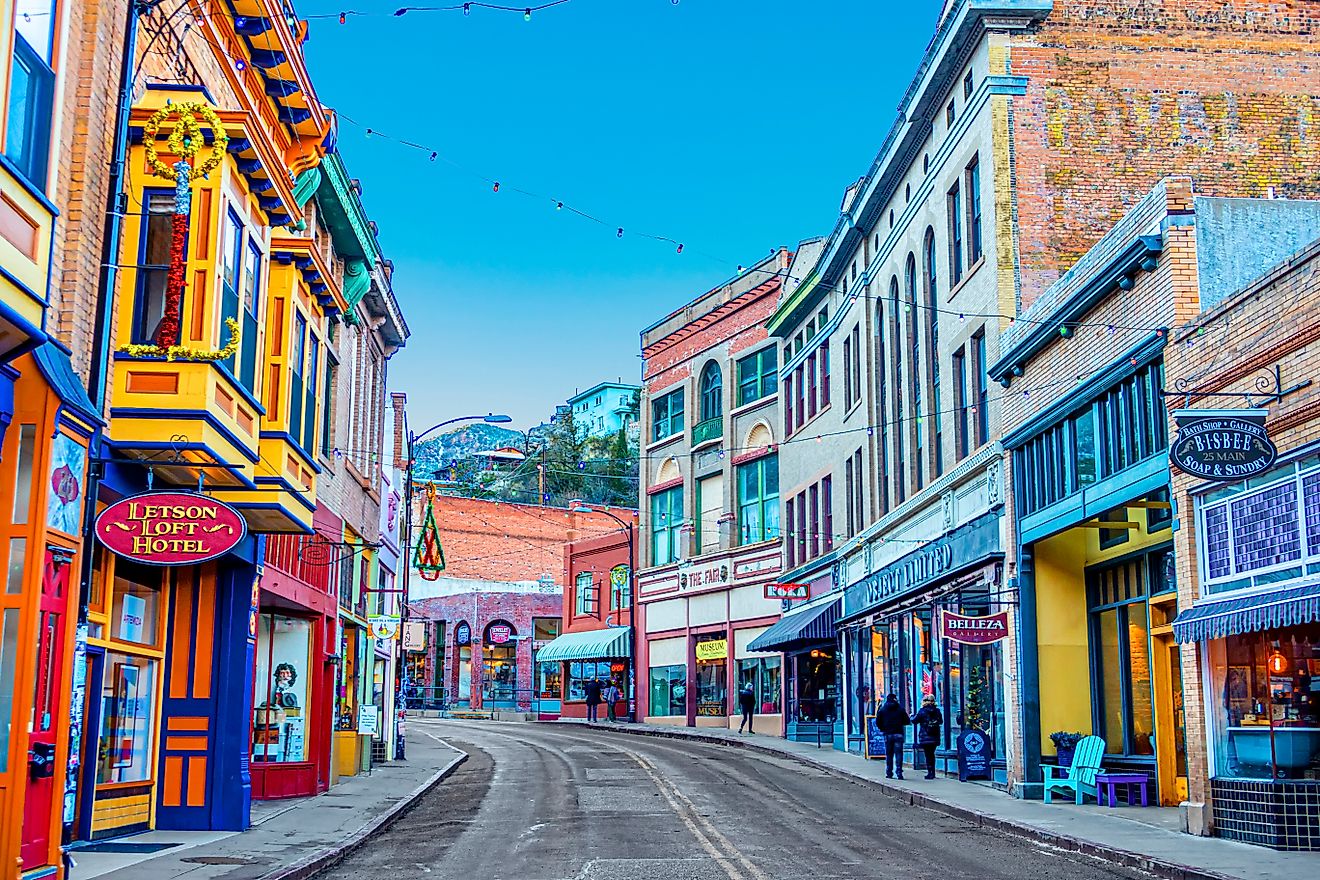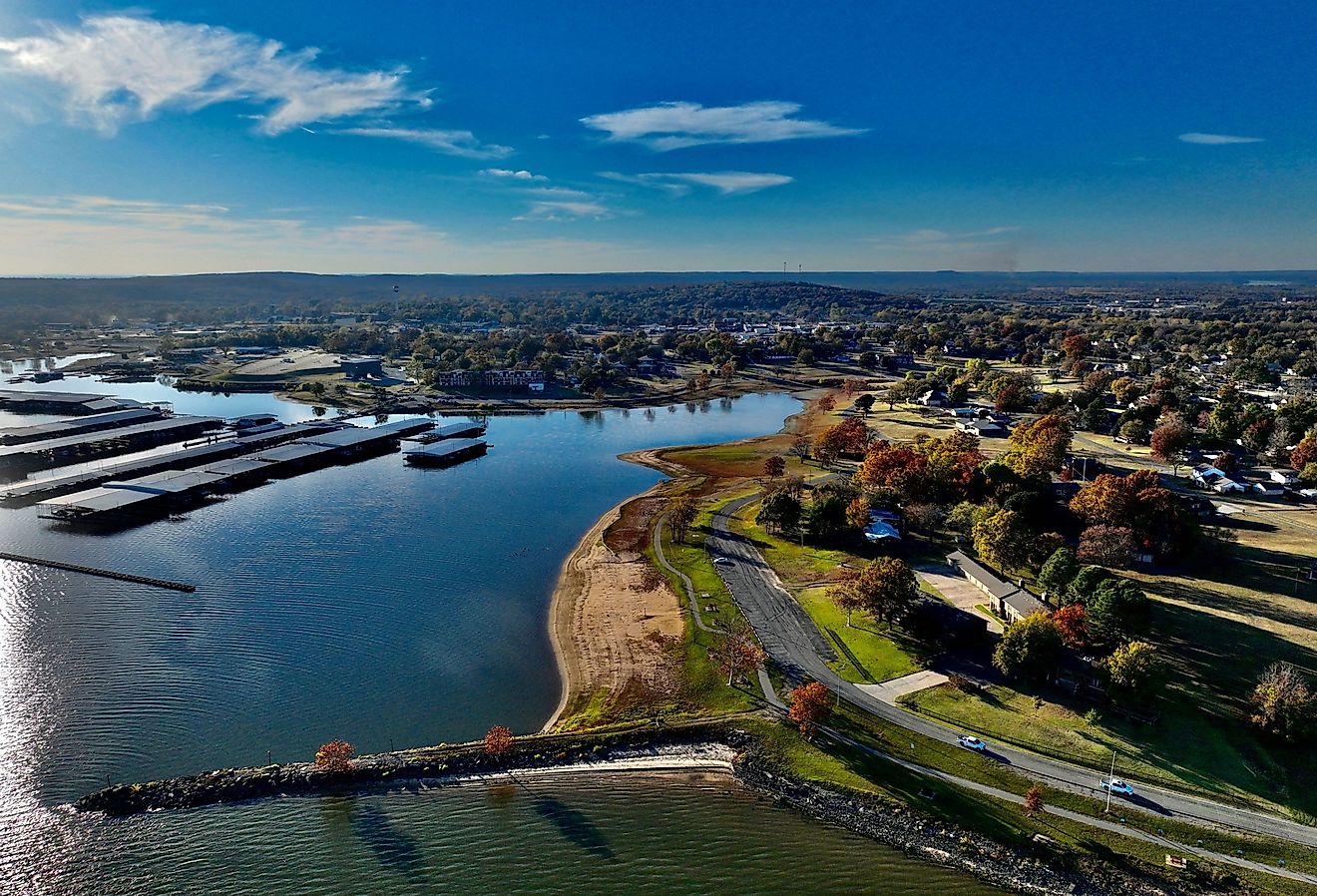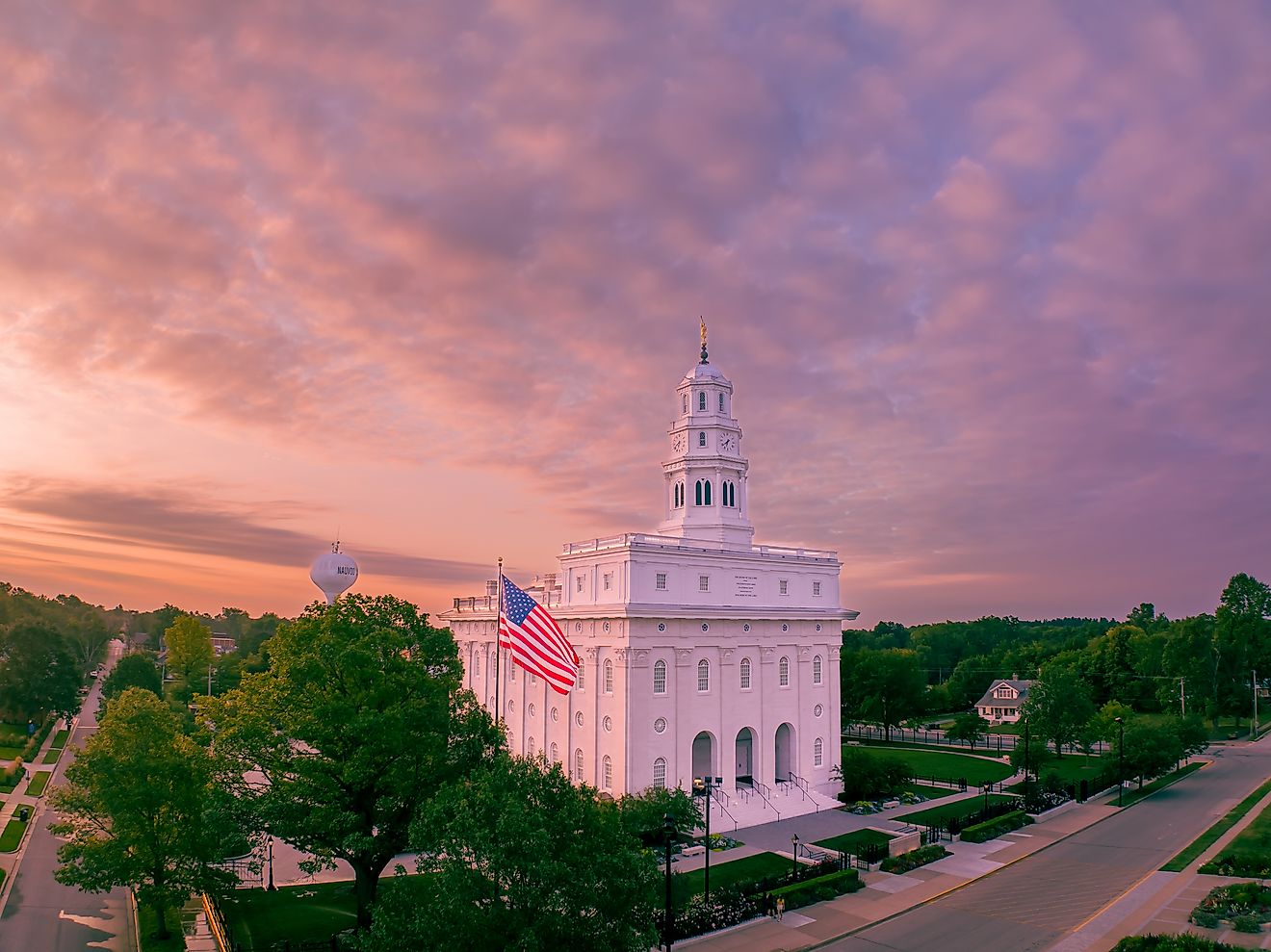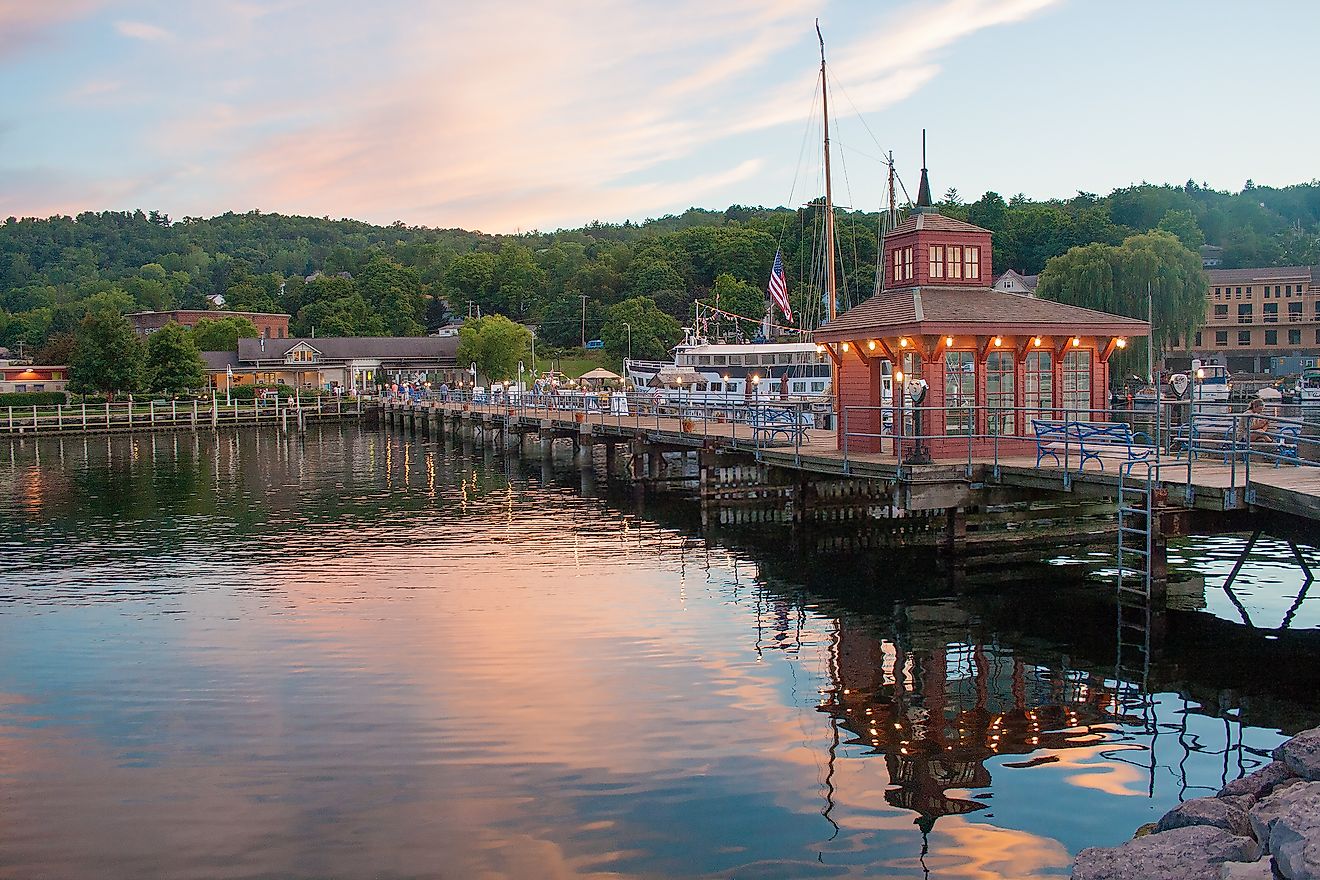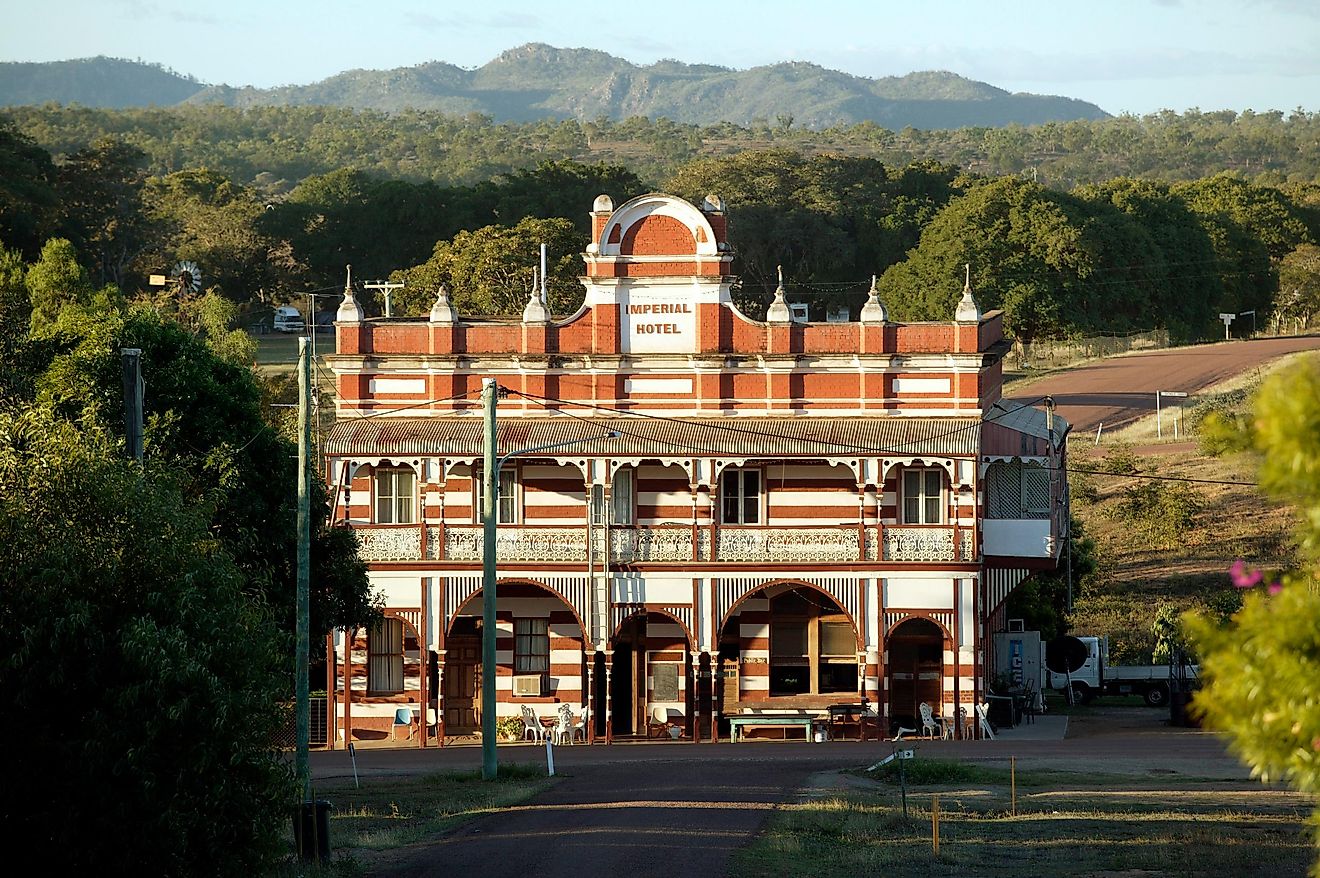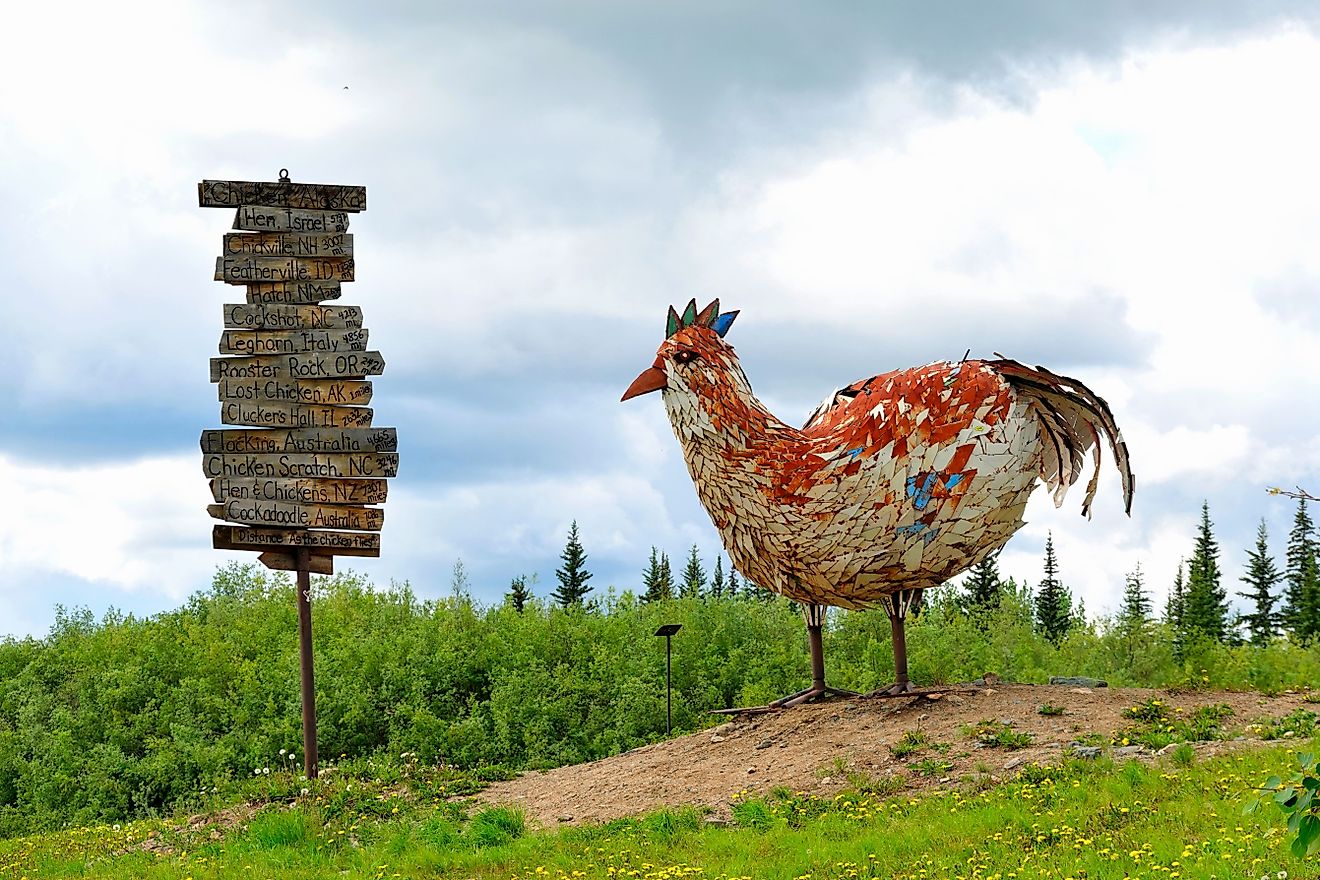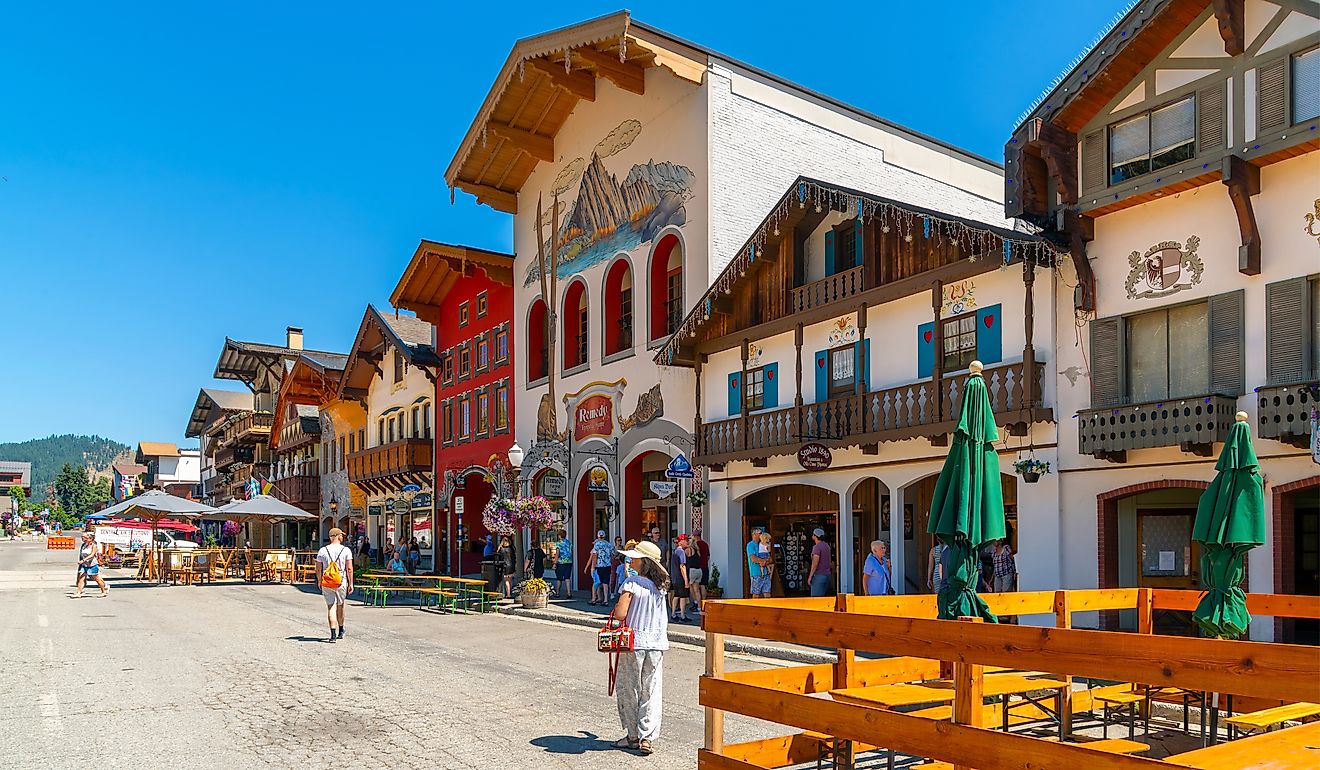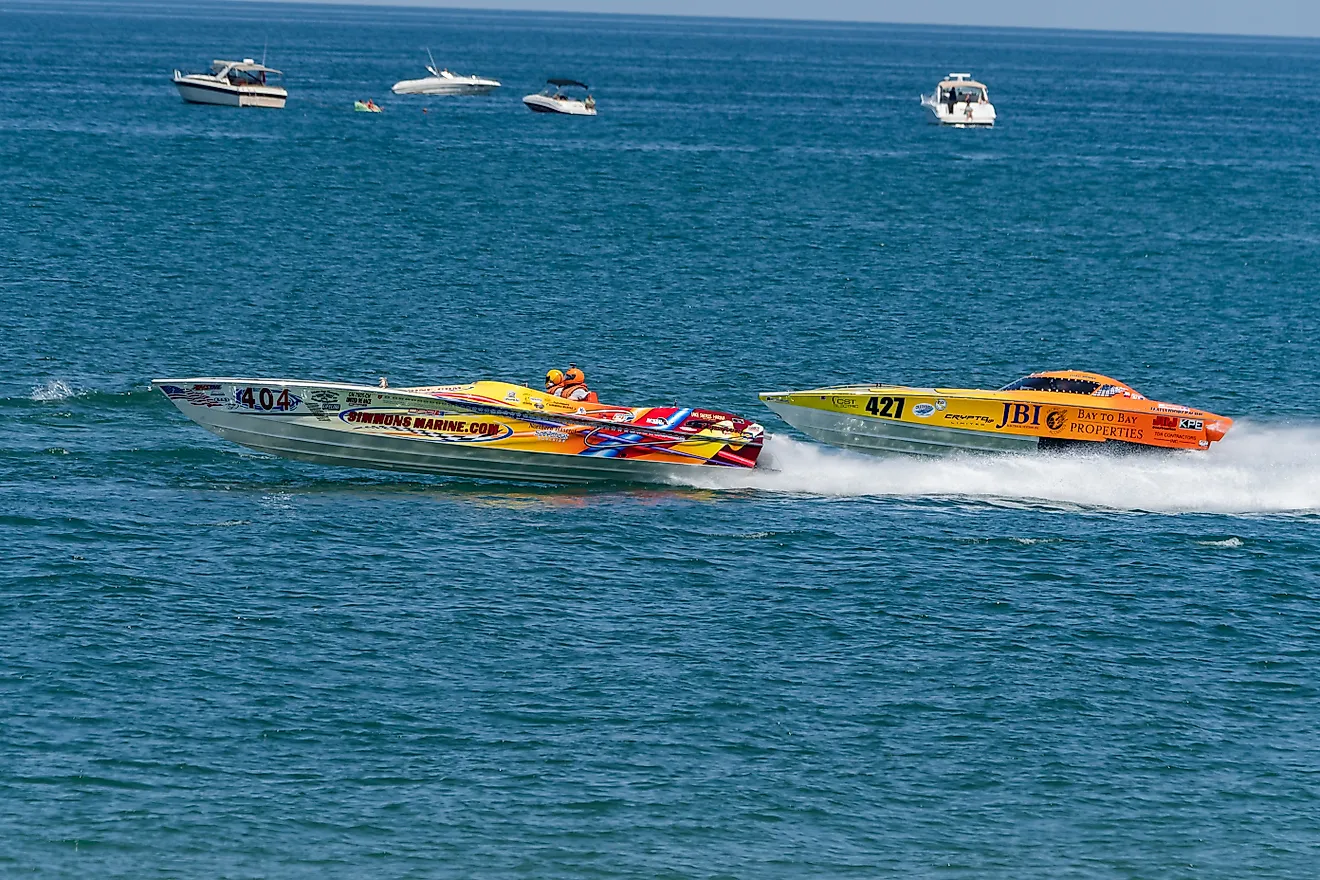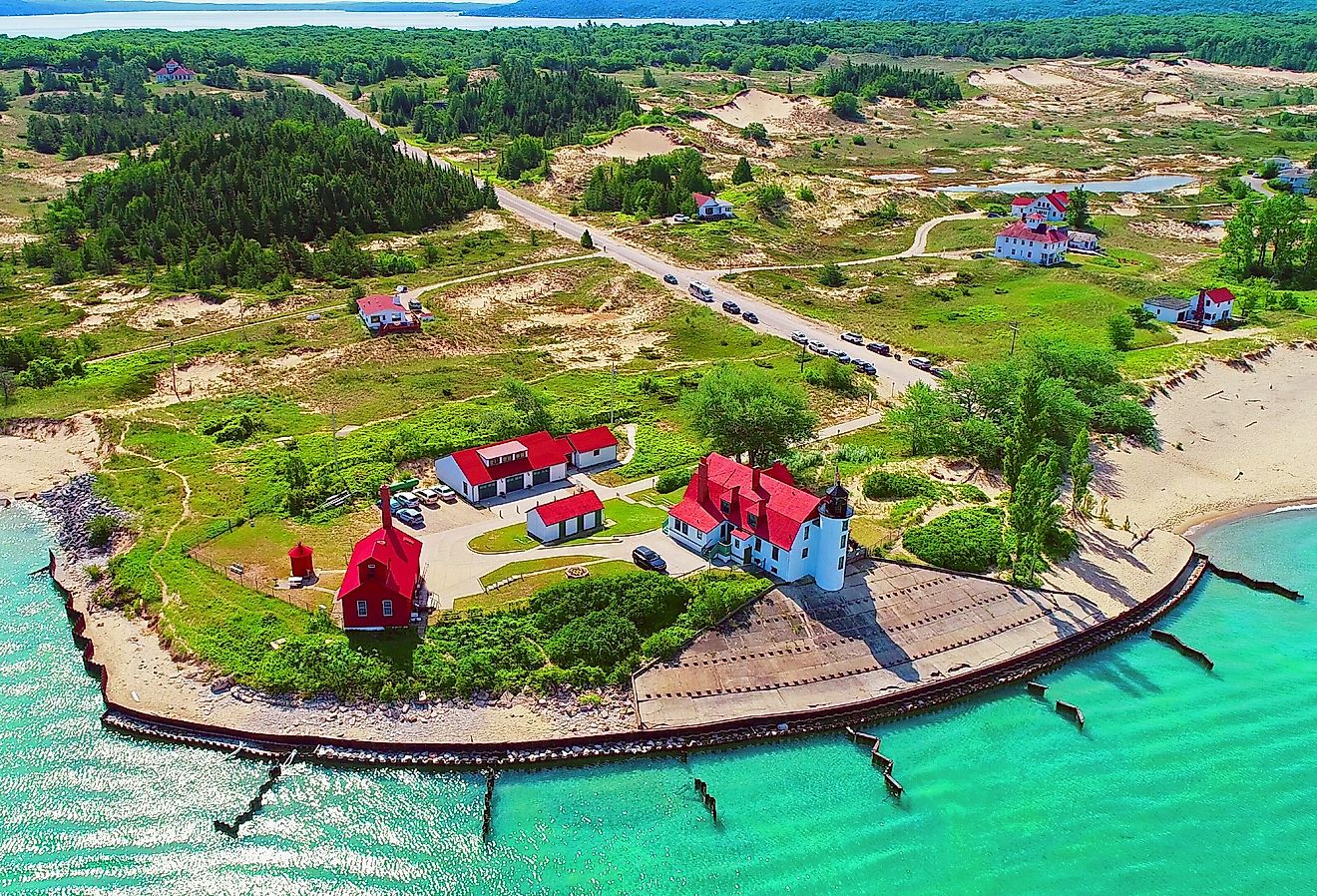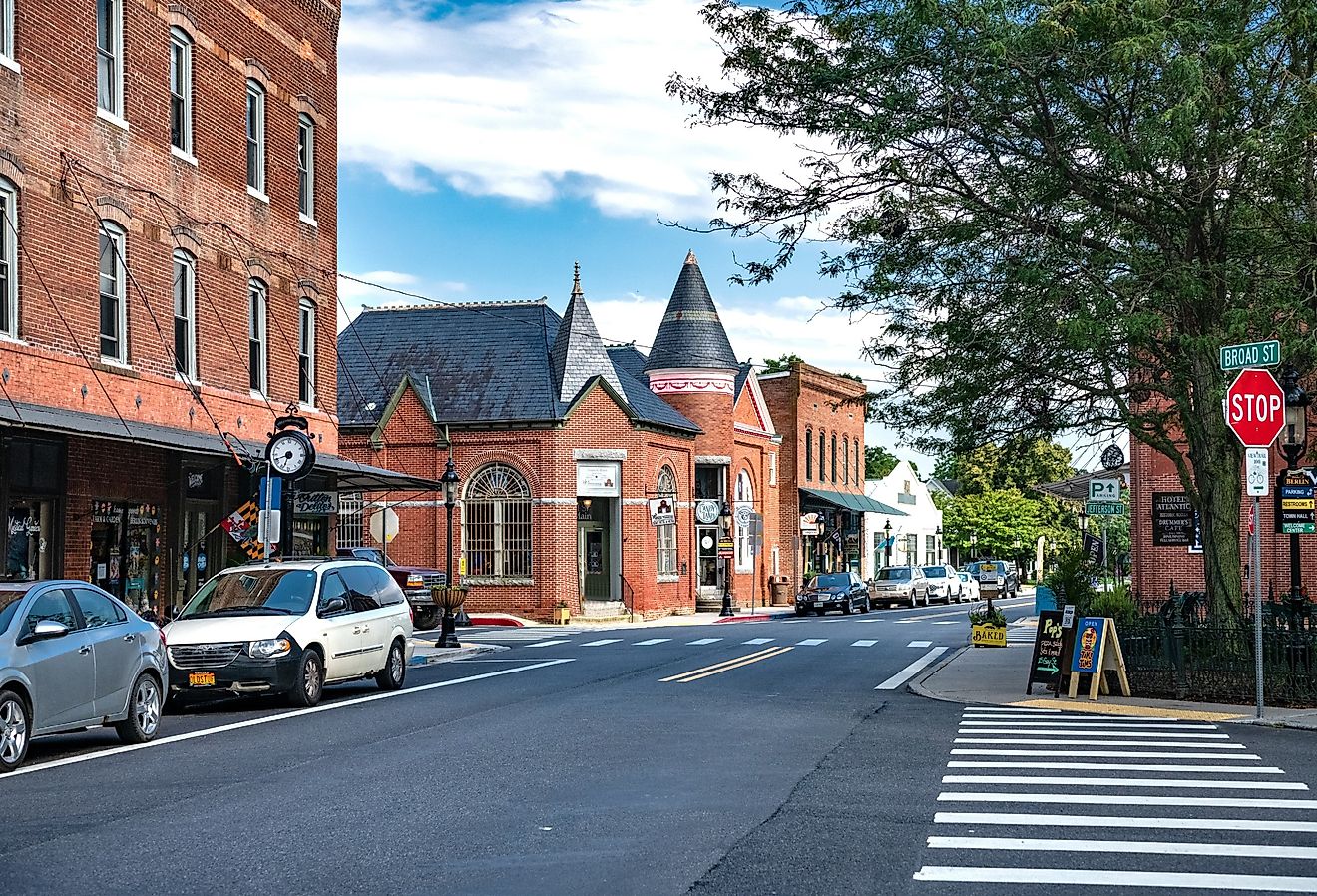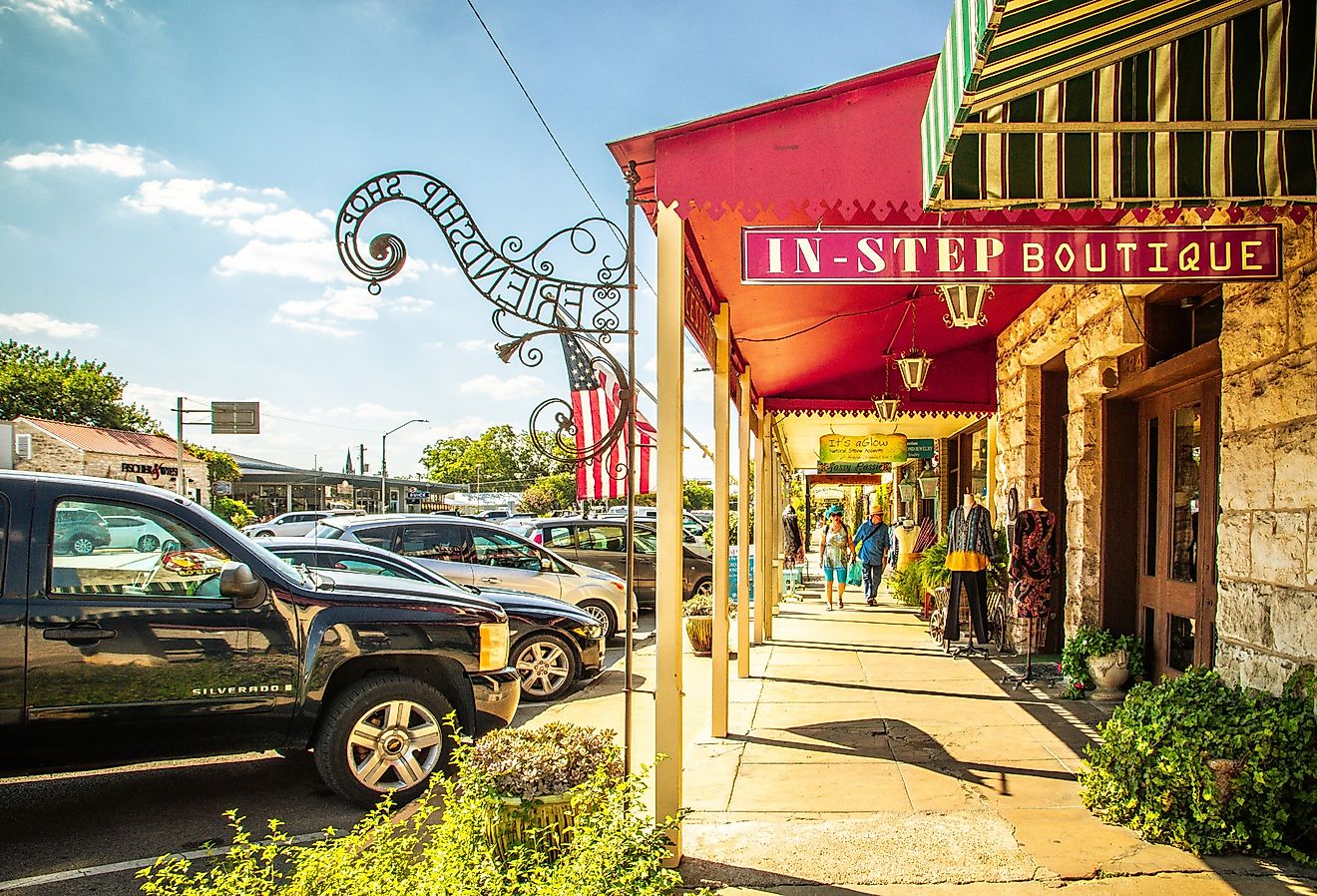
This Quiet Idaho City Is An Underrated Gem For Nature Lovers
Boise’s name speaks to the natural oasis that awaits travelers. This quiet Idaho city has long flown under the radar, often overlooked in favor of flashier destinations, despite offering abundant natural beauty and a peaceful atmosphere. In the early 19th century, French-Canadian fur trappers journeying westward across arid terrain were relieved to find a river lined with trees, offering much-needed refuge. Grateful for the wooded landscape and river, they named it “Boisé,” meaning “wooded” in French. Two centuries later, the area remains a haven for nature lovers, with a lush greenbelt, diverse bird species, and sprawling parks. If you are searching for your own oasis this year, Boise, Idaho, should be on your radar.
Parks & Green Spaces

Boise's commitment to preserving green spaces is evident in its more than 100 parks scattered across the city. At the heart of it all is Ann Morrison Park, a 153-acre space offering direct access to the Boise River and the Boise Greenbelt through a number of walking paths. The park also features one of the city's largest playgrounds, an off-leash dog area, and a variety of sports facilities, including soccer fields, softball diamonds, tennis and volleyball courts, cricket fields, and outdoor circuit training equipment.

Slightly farther down the river lies Julia Davis Park, the oldest park in the city. Home to significant landmarks like the Boise Art Museum, the Zoo Boise, the Idaho Black History Museum, and the Idaho State Historical Museum, travelers could easily spend an entire day exploring the area. Amenities in the park include a playground, tennis courts, greenbelt access, and bocce ball courts.
A number of the parks in Boise are also wheelchair friendly, ensuring that everyone can enjoy the outdoors. Kathryn Albertson Park is an excellent option for those seeking accessible paths, as many paths are paved and winded along scenic wetlands, ponds, and meadows. About a mile long, the park’s main loop starts at the parking lot, where you will find a large map and restrooms.
Hiking Trails

Thanks to its location in a high desert valley, Boise has an unexpectedly vast network of mountain and foothills trails. One of Boise’s most popular trails, Table Rock Trail, features a challenging 3.9-mile hike with an 882-foot elevation gain. The climb typically takes two to three hours, but the panoramic views of the city from the top make the effort worthwhile. Many hikers choose to tackle the trail in the late afternoon to catch gorgeous sunset views from the summit.
If you want to fill the entire day with a hiking expedition, make sure to add the Hulls Gulch Trail to your itinerary. This trail stretches 6.5 miles and consists of two sections: Lower Hulls Gulch, which rises 813 feet in elevation, and Upper Hulls Gulch, which rises at 2,246 feet. While Lower Hulls Gulch is open to both hikers and bikers, the upper section is reserved only for those on foot. Plan to spend between six and eight miles on this trail!
The Military Reserve Park Trails offer a more approachable alternative if the previous hikes seem too challenging. Spanning 734 acres, this former military training ground was used by Fort Boise in the late 19th and early 20th centuries before being acquired by the city. For an easier route with a gentler elevation gain, Cottonwood Creek Trail, in the military reserve, is a great choice.
Water-Based Recreation

The Boise River is a major source of water-based recreation in the city, with roughly 125,000 people floating down its cool waters each year, particularly in the summer. Travelers can rent a raft or tube at Barber Park and enjoy a relaxing two- to three-hour float before ending at Ann Morrison Park. At the end of the float, the park offers a shuttle service back to Barber Park, allowing travelers to return to their cars conveniently.
If you prefer floating down the river with a guide, consider joining a group rafting trip with a local outfitter like Boise River Outdoor Opportunities. Available Wednesday through Sunday, these tours accommodate small groups of one to 14, giving participants the chance to paddle together through mild and moderate rapids. The package includes rafts, paddles, helmets, life jackets, and an expert guide.
Just outside Boise, Eagle Island State Park offers a perfect spot to cool off. This 545-acre park has a swimming beach, waterslide, and picnic areas for a relaxing day by the water. Visitors can bring their own kayak, canoe, or paddleboard or rent a paddleboard on-site. For those seeking a bit more adrenaline, the park also has a six-line zipline course that travelers can check out.
Wildlife & Birdwatching
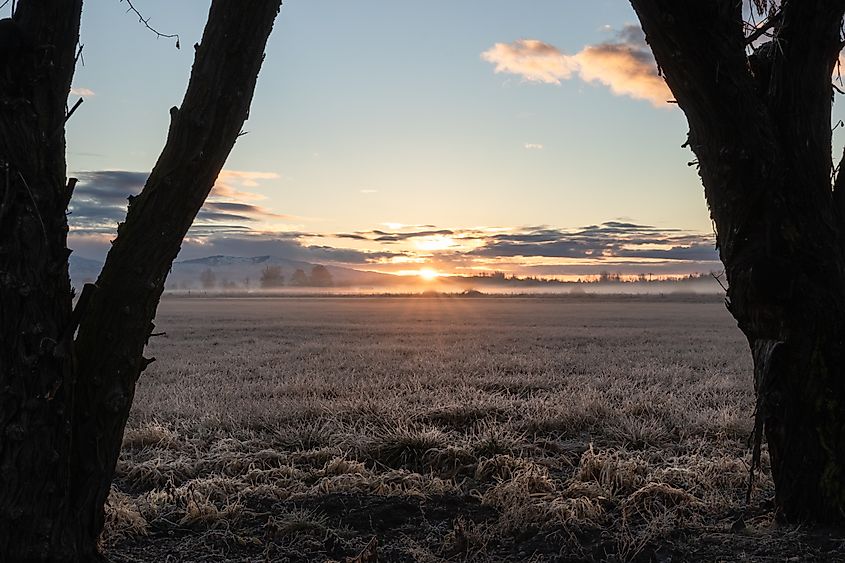
Travelers hoping to spot some native Idaho species have some fantastic options nearby. The first, located in the heart of the city, is the MK Nature Center. Set on 4.6 acres of land along the Boise River Greenbelt, this center provides a glimpse into the area’s ecosystems and wildlife. The nature center’s stream walk features underwater viewing windows, allowing visitors to see species like crayfish, salmon, suckerfish, and trout up close. Other features in the nature center include a sturgeon pond and beaver dam, a butterfly garden, and bat boxes. In fact, five different species of bats live in the area!
Visitors can drive a half hour west to the Deer Flat National Wildlife Refuge to appreciate even more wildlife. Protecting the Snake River Islands and Lake Lowell units, some of the ecosystems visitors can appreciate in the refuge include wetlands, riparian forests, and sagebrush uplands. The area is a key habitat for numerous resident and migratory bird species, particularly Canada geese and mallards. Depending on the time of year, other bird species that can be spotted in the refuge include bald eagles, great horned owls, osprey, black-crowned night herons, great blue herons, and double-crested cormorants.
Boise: A Natural Haven for Outdoor Enthusiasts
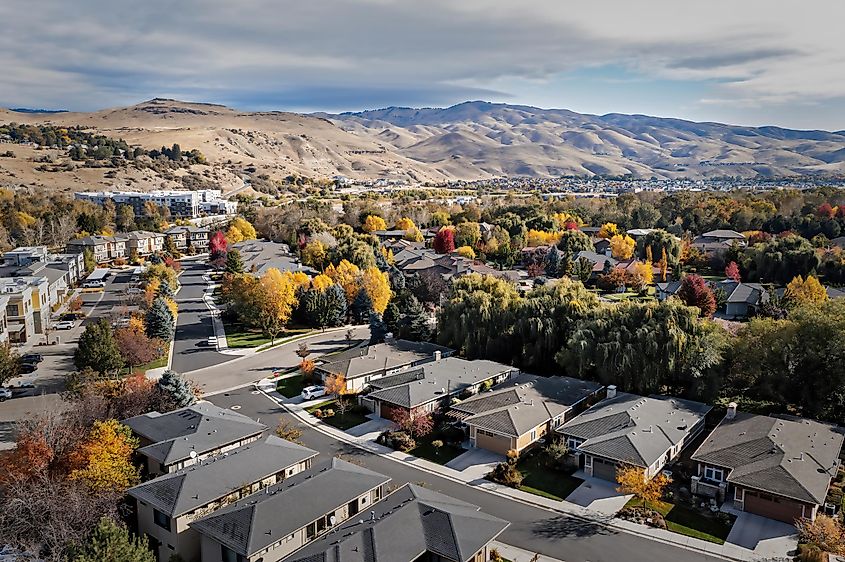
Although Boise has a population of just 235,000, don't let its size fool you. This city is filled with parks, trails, and nature centers that you might expect from a much larger city. Its smaller size, however, allows it to attract wildlife like osprey, bald eagles, and herons that may otherwise shy away from more crowded areas. The Boise River, winding through the city, adds another invaluable feature, offering travelers the chance to cool off during summer. So venture a bit farther this year and get ready to explore Boise’s cool waters, challenging trails, and wildlife refuges!
